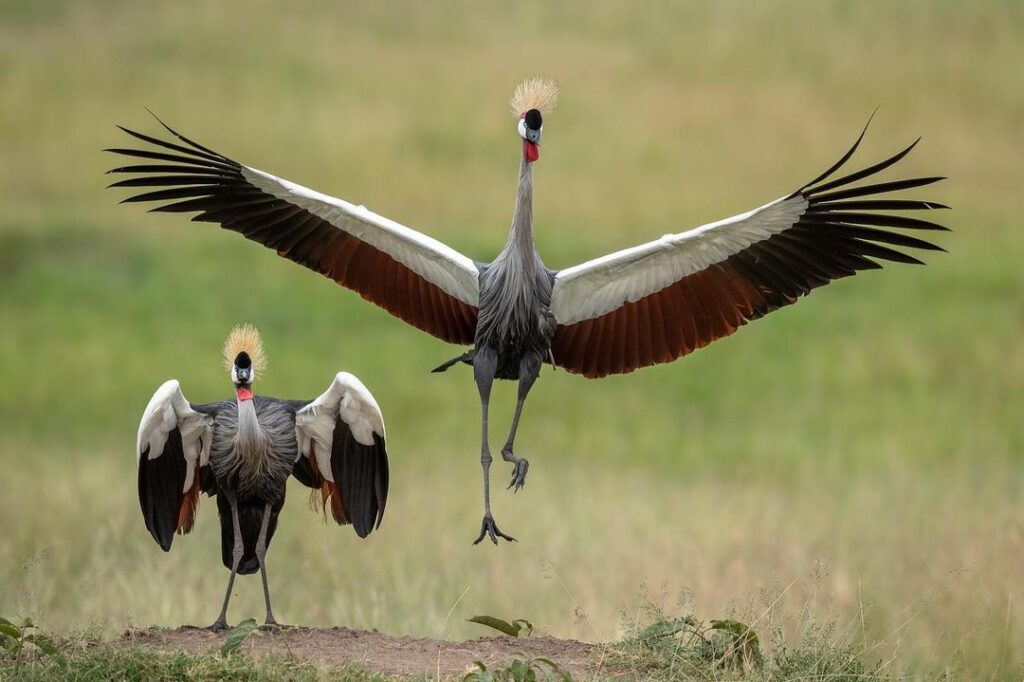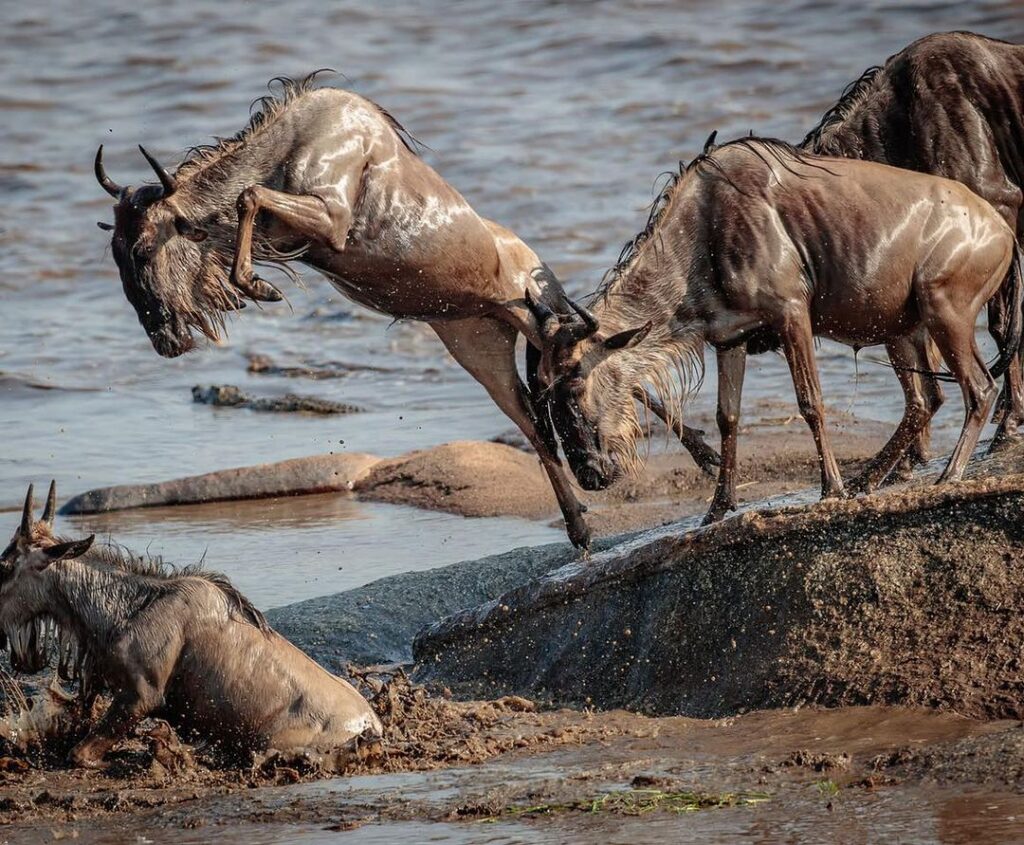Tarangire National Park fierce sun sucks the moisture from the landscape, baking the earth a dusty red, the withered grass as brittle as straw. The Tarangire River has shriveled to a shadow of its wet season self. But it is choked with wildlife. Thirsty nomads have wandered hundreds of parched kilometres knowing that here, always, there is water.
Location of Tarangire National Park
Tarangire National Park is situated in the Manyara Region of northern Tanzania, covering an area of approximately 2,850 square kilometers (1,100 square miles). It is part of the larger Tarangire ecosystem.
The park is famous for its large number of elephants, African baobab trees, and tree-climbing pythons. Herds of up to 300 elephants scratch the dry river bed for underground streams, while migratory wildebeest, zebra, buffalo, impala, and gazelle crowd the shrinking lagoons.
Abundant Wildlife of Tarangire National Park
It’s the greatest concentration of wildlife outside the Serengeti Ecosystem – a smorgasbord for predators – and the one place in Tanzania where dry-country antelope such as the stately fringe-eared oryx and peculiar long-necked gerenuk are regularly observed.
During the rainy season, the seasonal visitors scatter over a 20,000 sq km (12,500 sq miles) range until they exhaust the green plains and the river calls once more. Butmobs of elephants are easily encountered, wet or dry.
The Birdwatcher’s Paradise
Tarangire is a great birdwatching center with more than 500 species recorded. The swamps, tinged green year round, have the most breeding species in one habitat anywhere in the world.
On drier ground you find the Kori bustard, the heaviest flying bird; the stocking-thighed ostrich, the world’s largest bird; and small parties of ground hornbills blustering like turkeys.

More ardent bird lovers might keep an eye open for screeching flocks of the dazzlingly colorful yellow-collared lovebird, and the somewhat drabber rufous-tailed weaver and ashy starling – all endemic to the dry savannah of north-central Tanzania.
Disused termite mounds are often frequented by colonies of the endearing dwarf mongoose, and pairs of red-and-yellow barbet, which draw attention to themselves by their loud, clockwork-like duetting.
Baobab Trees
Tarangire National Park is famous for its iconic baobab trees, which dot the landscape and provide a unique backdrop for wildlife photography.
Tarangire’s pythons climb trees, as do its lions and leopards, lounging in the branches where the fruit of the sausage tree disguises the twitch of a tail.
Elephant Migration:

Similar to Mikumi National Park, Tarangire also witnesses a seasonal elephant migration as large herds move in search of water and food.
Cultural Interaction
Nearby Maasai communities offer cultural experiences for visitors interested in learning about the traditions and lifestyle of the indigenous people.
Best Time to Visit Tarangire National Park
The dry season (June to October) is the best time to visit for wildlife viewing, as animals congregate around water sources. However, Tarangire offers excellent year-round game viewing opportunities.


